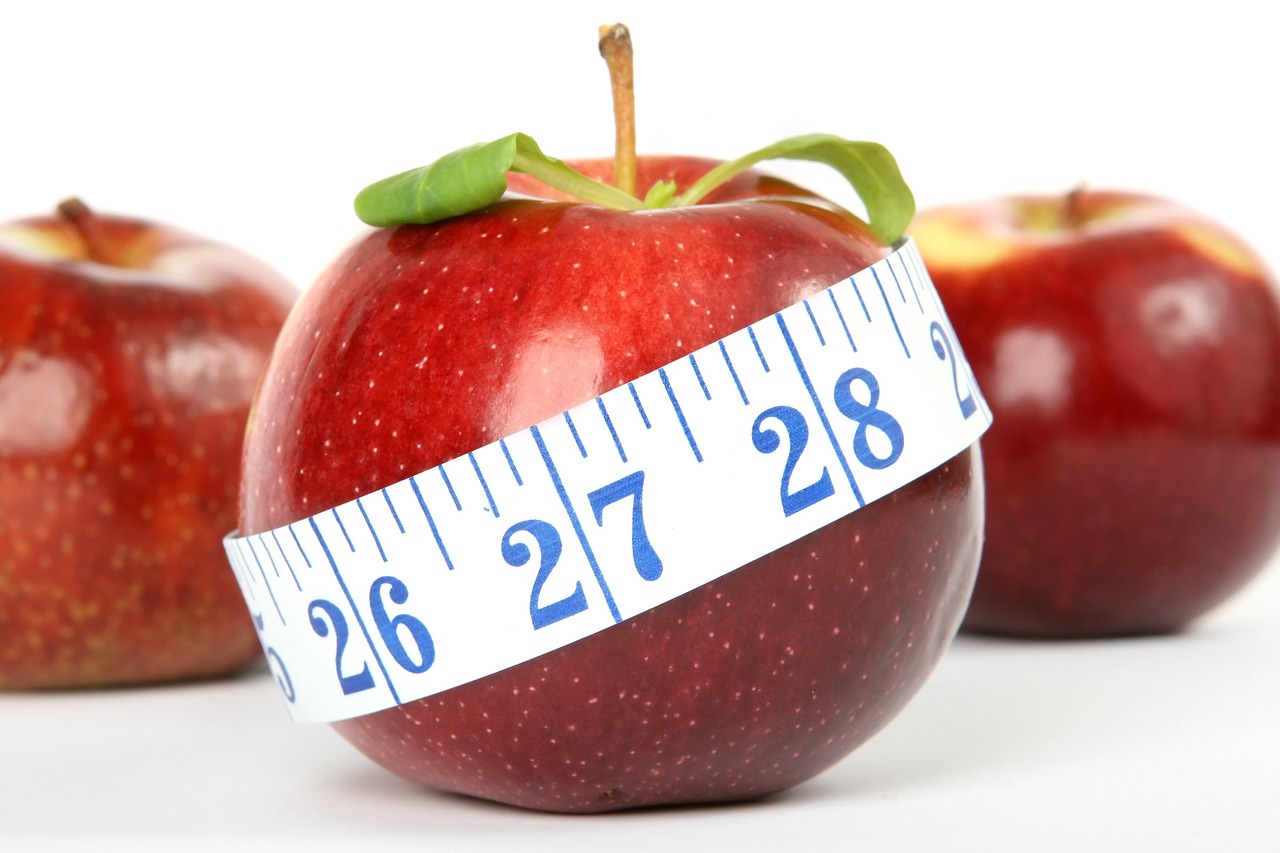Day 4: 309.6 lbs | Body Fat: 44.0%
Your Basal Metabolic Rate (BMR) is the rate at which your body burns calories at rest. Factored up for activity and eating food we get our Total Energy Expenditure (TEE) which, short of doing intensive workouts, is generally what we burn doing general activities such as laundry, housework, work, and going to the store.
There are three different equations that can be used to figure out your BMR
The Katch-McArdle Formula
BMR = 370 + (21.6 x Lean Body Mass (kg))
The Cunningham Formula
RMR = 500 + (22 x Lean Body Mass [LBM] in kg)
The Mifflin-St Jeor Equation
Men: (10 x weight in kg) + (6.25 x height in cm) – (4.92 x age) + 5
Women: (10 x weight in kg) + (6.25 x height in cm) – (4.92 x age) – 161
To this we supposedly can add an activity factor (10%-30% depending on activity) and thermic effect (~10%) to get our TEE.
Now, here is the rub, my original value came out at just over 2700 calories / day.
However, I’m assuming that from a comparison of where I stopped intervention 1 (307 lbs) and where I am now after 4 days of fasting (309.6 lbs) that this difference represents a better indication of my nutritional plan over the past four weeks.
That 2.6 lb difference implies that my actual BMR / TEE is not where it should be but rather is at least 630 cal/dy lower than what should be expected.
The way I’ve estimated this is by adding up all the calories I think I’ve consumed over the last 4 weeks, factoring that up by 20% (will explain why in a moment), subtracting 2100 cal/dy and looking at the difference.
In my case that is 9500 calorie surplus as compared to an anticipated 13200 calorie deficit.
This means my TEE is currently at 2070 calories per day or ~24% depressed.
Out of the 20 lb of weight I put back on in four weeks, my best guess at this point is that:
- 13% was increased fat storage
- 30% was related to glycogen storage (this is normal)
- 57% was water and/or intestinal matter
Further, there seemed to be a direct co-relationship with the amount of weight I was putting on and the amount of simple carbohydrates I was consuming. While my overall calorie count wasn’t out of control at any point, I was gradually increasing things like whole wheat wraps into my nutrition.
So why did I factor up my calories eaten by 20%?
Welcome to a little know provision of the FDA Food Labeling regulations known as Section 101.9. In here, buried way down in sub-section b.12.ii is a series of assumptions which all food manufacturers need to follow including a couple of little things that can add up to a big difference in the number of calories reported. Here are a few examples:
- A statement of the caloric content per serving, expressed to the nearest 5-calorie increment up to and including 50 calories, and 10-calorie increment above 50 calories, except that amounts less than 5 calories may be expressed as zero;
- A statement of the caloric content derived from saturated fat . . . expressed to the nearest 5-calorie increment, up to and including 50 calories, and the nearest 10-calorie increment above 50 calories, except that amounts less than 5 calories may be expressed as zero.
- A statement of the number of grams of total carbohydrate . . . if the serving contains less than 0.5 gram, the content may be expressed as zero.
So in general, all food labels understate the number of calories contained in their food products. It is not a question of whether one component is less than a given amount but rather then the cumulative effect that all of these ‘gimmes’ have on the total calories reported.
All of those zero calorie foods that we include in our diets, if they are organic, they need to be accounted for.
I’ve used a 20% fudge factor as the basis to recalculate the effects of the nutritional plan I was trying to maintain with. Between the BMR being off, the calories being off, and the problem with what I am expecting to be an electrolyte imbalance, weight gain beyond the initial 5-6 lbs of glycogen replacement was inevitable.
Means however I can control for this more carefully once I come off this intervention now that I have a better knowledge of what my body is actually doing.
